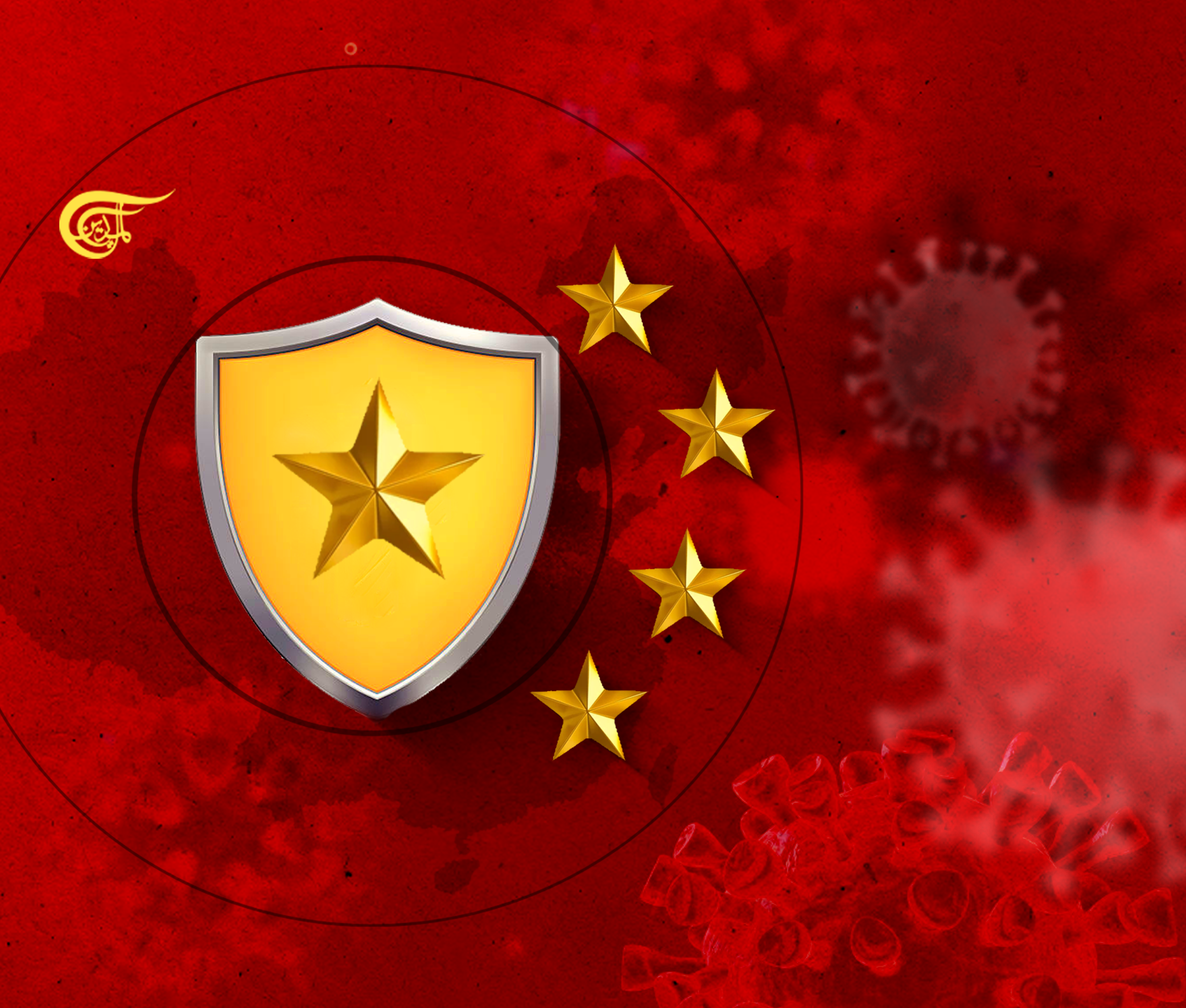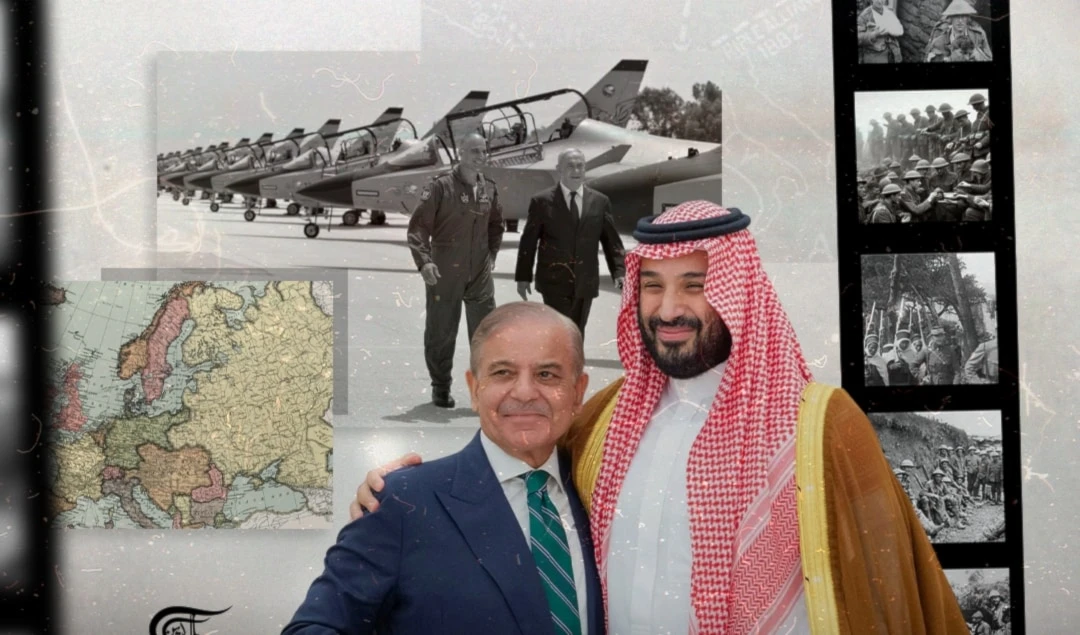International Politics & COVID-19: The Global Uncertainties
The fast transmission rate of COVID-19 and its different variants emerging around the planet truly created a global event of extraordinary concern and in extraordinary circumstances demand extraordinary measures and leadership.
On 31 December 2019, the WHO was informed of cases of pneumonia of an unknown cause in Wuhan, China. 603 days later we are still uncertain for how long the threat of COVID-19 is going to continue. During the course of these 603 days, the world has witnessed tragedy, some 4.4 million people have died worldwide, as a result of this pandemic. The world has also witnessed a human thirst for knowledge coupled with mankind’s tenacity and resilience to combat this novel Coronavirus. Resulting; in the development of vaccines in less than a year. This by no means is a small feat.
After 600 days of facemasks, hand sanitizers, lockdowns, contact tracing, testing kits, travel restrictions, closed borders, and vaccine passports. Anybody anticipating a post-pandemic resurgence and rise in international cooperation might want to think twice and keep their fingers crossed. During the first 300 days of this pandemic, the world witnessed countries playing the blame game, an acute shortage of Personal Protective Equipment (PPE) and ventilators, and various countries and organizations hoarding PPE and other equipment. The year 2020 was tainted by politics of aid and mask diplomacy. While the mask diplomacy was playing out the race to develop potent vaccines to combat COVID-19 began which insinuated debates regarding which country’s vaccine is better and after the successful development of vaccines the next 300 days have witnessed another facet of ‘vaccine nationalism’ being added to the existing geopolitical competition within international relations.
The important thing of note here is that, during this dire time of the COVID-19 pandemic, China emerged as the major benevolent country supplying medical aid to the developing world. China’s Sinopharm and Sinovac along with Russia’s Sputnik V are the mainstay for many developing countries around Asia, Latin America, and Africa. When no European state answered Italy’s urgent appeal for medical equipment and protective gear, China publicly committed to sending 1,000 ventilators, two million masks, 100,000 respirators, 20,000 protective suits, and 50,000 test kits. China has also dispatched medical teams and 250,000 masks to Iran and sent supplies to Serbia, whose president dismissed European solidarity as “a fairy tale” and proclaimed that “the only country that can help us is China.” Alibaba co-founder Jack Ma has promised to send large quantities of testing kits and masks to the United States, as well as 20,000 test kits and 100,000 masks to each of Africa’s 54 countries.
The fast transmission rate of COVID-19 and its different variants emerging around the planet truly created a global event of extraordinary concern and in extraordinary circumstances demand extraordinary measures and leadership.
The US has botched its image during the COVID-19 pandemic. The administration in Washington couldn’t handle the pandemic at home nor did it take timely measures to aid others in need. With China stepping into the void created by the US. The US is left with merely resorting to propaganda based upon a war of narratives around ‘who responded better’.
The reason for China’s success in stepping up as a major country aiding those in need has been China’s global integration policies and structures created through its Belt and Road Initiative. Owing to the mechanisms and structures of connectivity already in play because of the BRI, China was able to dispense financial as well as medical aid to its partners, which not only helped cement China’s image as a leading country but also strengthened existing connectivity structures of the BRI and truly creating a win-win scenario for the BRI partner countries. One shouldn’t get confused that, only a handful of countries belong to this exclusive group of BRI partners. As of January 2021, there are 140 partner countries within the BRI.
A future free from the COVID-19 pandemic demands a coordinated global response; so far the existing global politics and the US’s mishandling of its responses to combat the pandemic at home and abroad are proving to be a major hurdle. If this pandemic has taught the world anything, it is that unless the whole world can be protected from the virus, no one can be safe. This is why all the major countries need to act together.

 Shafei Moiz Hali
Shafei Moiz Hali
 4 Min Read
4 Min Read












